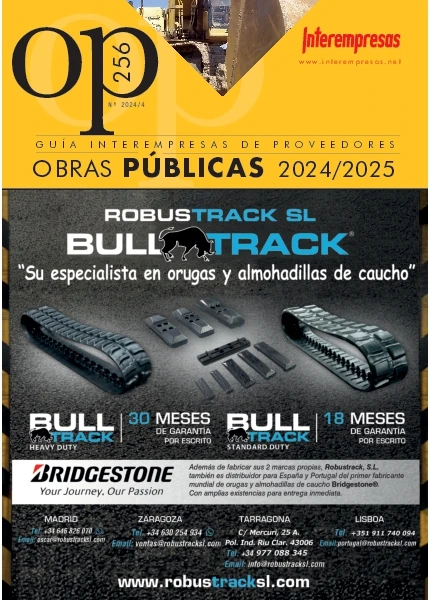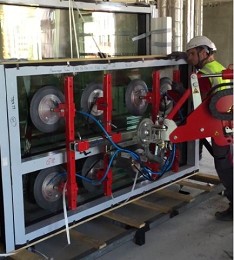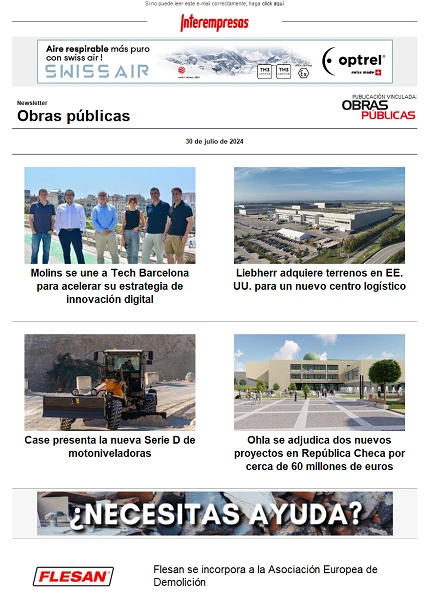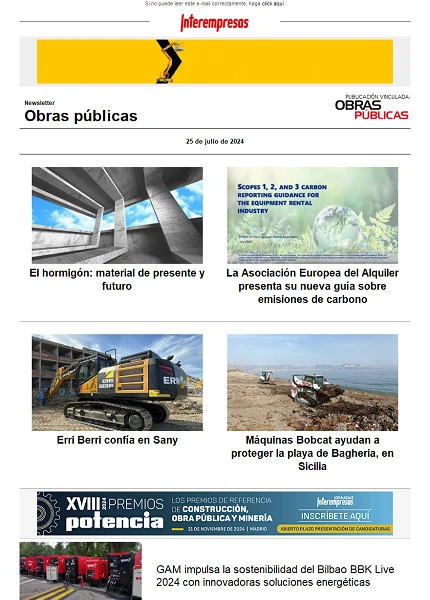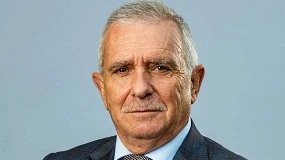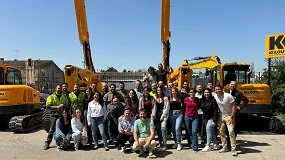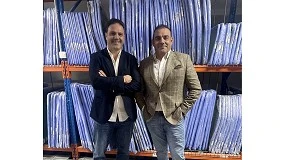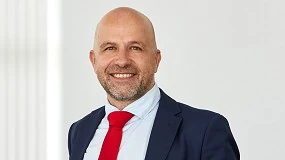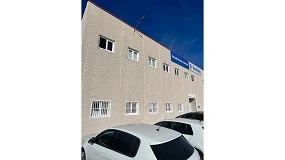Technologies of sheet metal cutting
Thermal processes:
- Flame cutting (of chemical type)
- Plasma
- Laser
Erosion processes:
- Cutting with water
- Cutting with water with abrasives
Mechanical processes:
- Punching
- Shearing
- Sawing
Flame cutting
It is a process of combustion which are logically needed three agents: a fuel, cutting of steel will be iron, an oxidant can be the oxygen and an initiator of this combustion that is going to be a flame. Of course, the iron in the air, where there is oxygen, will not enter into combustion and need to meet a number of conditions that allow us to reach a temperature high in the order of 800 °. The flame heated the material up to this temperature and we will succeed by mixing of oxygen with a fuel gas. This flame will make the process of pre-heating until you reach the final oxidation process.
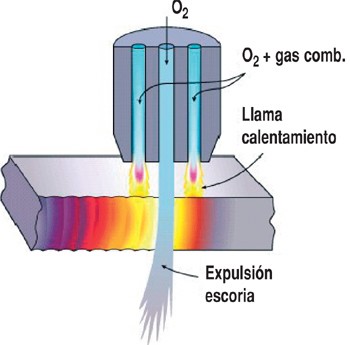
To ensure that a material can be treated with flame cutting oxide melting temperature must be less than the fusion temperature of the metal. This happens with iron as its melting temperature is lower than the own steel, so it can be cut simply melting oxide without melting the metal.
This feature is not very common in all materials, in fact, in the majority of metals occurs otherwise that they have a less than of the oxide melting point with which counterfeited before.
For example, two materials that can not easily cut by oxy-cutting are those that have elements such as aluminium, chromium, or magnesium alloys, or who have a very high carbon content.
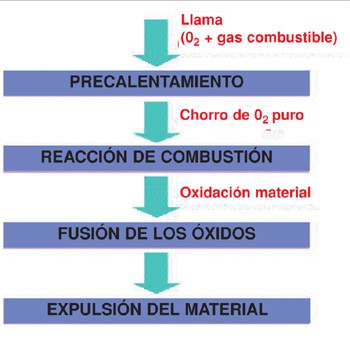
As for the fuel gas which we use to originate the flame which heats the material, we have the acetylene, propane, or MAPP (short for metal, acetylene and propylene).
Each of the companies to produce all these gases have been creating remixes and new compositions of gas looking for that temperature and heat capacity are the same
Acetylene reaches a higher heat capacity and a higher temperature compared to the rest of gases. Its warming occurs in the center of the flame, which is precisely in the area that we want to cut, it can therefore be more appropriate for this Court process.
There are other gas as propane which have a slightly lower temperature and thus with a significant death of heat capacity. The MAPP, is an intermediate case between acetylene and propane with temperature and heat power intermediates.
Other gases such as natural gas, have a very high temperature but have very low calorific power and although you will not serve for the initial part of the process, it work once it has begun and is being carried out by the Courteven having a reduced calorific.
Within the benefits of this process are the following:
- Low investment / low cost of operation
- Ability to cut large thicknesses
- The use of various torches at the same time: Although the low cutting speed has been seen as one of the disadvantages, it is also true that in major productions the cutting machine can be equipped with several nozzles, so that it can be simultaneously cutting similar at the same time piecesso that if you need an accelerated production and that the number of pieces is very large series could quite increase this speed.
- Good option when there are secondary operations such as milling or subsequent machining.
- As drawbacks are:
- Low cutting speed, taking into account the previous annotation.
- Warm-up time needed
- The heat-affected zone is large
- Roll of sheet metal
- Limitation to low alloy steels
- Problems with stainless steel and aluminium alloys
- Wider tolerances than in plasma, water or laser
| Gas | Flame temperature (ºc) | Share or2/gas | Heat capacity (kJ/m3) |
| Acetylene | 3160 | 1: 5 | 18890 |
| Propane | 2810 | 4, 3: 1 | 10433 |
| MAPP | 2927 | 3, 3: 1 | 15445 |
| Propylene | 2872 | 3, 7: 1 | 16000 |
| Natural gas | 2770 | 1, 8: 1 | 1490 |
Plasma cutting
Many bibliographies spoke of the plasma as a fourth State of matter, without however, the plasma is not more than an ionized gas, i.e., that it conducts electricity and is therefore able to reach a very high temperatureenough so that the projected it on a piece he founded.

If it is much reduced section he goes the flow will be increasing the resistance, causing a global warming gas reaching very high temperatures and very high speeds, more or less the speed of sound.
This hot gas is that brings about the piece and is the merger and the pressure of the gas, also evacuated the material melted at the bottom of the sheet.
One of the main causes of the investigations carried out in this regard since the 1950s, is the speed up the process through higher temperatures, which have developed several types of processes within the Court by plasma:
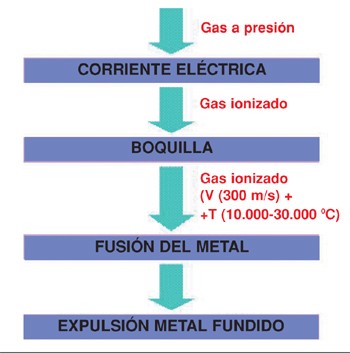
Types of processes:
- Transferred arc / not transferred:
It is generally the most widely used material is preheated and is favored the fusion in the same process.
- Dry: has several options:
-No gas input: a single gas is used to heat and melt the piece
-With gas protection: injected around the mouthpiece of the conventional method and creates a zone that restricts the projection of the ionized gas and also keeps it clean.
-Air as a gas plasma: promotes the oxidation of the material and an exothermic reaction which also generally favors the process.
- With water:
-ARC protected by water, instead of using the protective gas in the outer part of the nozzle, is used injected water pressure which favors the cooling of the nozzle, piece that suffers quite during the process by high temperatures. The water also get that this area is clean up the quality of the Court, and restricts the temperature in the area with which quickens the speed.
-Submerged arc
-Reduces noise and radiation ultraviolet
-Prevents the formation of fumes and gases
-Slows down (10-20%)
-Danger of small explosions: due to the hydrogen, because a dissociation of the same can occur with the piece completely submerged in water, oxygen is going by the molten material and hydrogen is deposited in the bottom of the sheet. To avoid this the water stays in constant turmoil.
- High definition
We seek a very high energy density. The energy density is the current per square centimeter and you are looking for with this process is that it is much higher than with any type of conventional plasma cutting. Get three times higher densities of the order of 6000 or 9000 amperes per square centimeter, accelerating the speed of court. This process competes with the laser to cut quite reduced thickness, both speed and cutting quality.
The limitation to cut with plasma is simply the material that is cut to be conductor of electricity.
Gas for different materials
| Material | Cutting gas | Input gas | Application range | ||||||
| Steel | Aire02 | Air | 1 to 20 mm | ||||||
| Stainless | Air 02,N2, Ar/H2/N2 | Air, N2+ propane | Thickness > 6 mm High-quality piece large thickness + quality Large thickness | ||||||
| Alloys | Air, N2,N2, Ar/HD2 | Air, N2,N2+ propane | Low content, 1 to 3 mm thickness, 2 to 19 mm thick, large thicknesses |
Water cutting + abrasive
However, the origin is a little earlier than that as the first person that I was in charge of developing the theme of water as a cutting tool was Norman Franz, a forest engineer who worked on the development of new technologies for wood cuttingcoming to make prototype machines that experienced trying to achieve large pressure of water, rather more which are used industrially today. The problem was that pressure could not be maintained continuously.
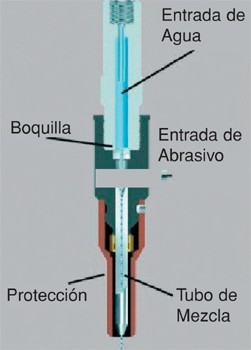
The main thing is to achieve a very high pressure of the water, one of the maxims that reach currently 414 MPA, 40,000 N/cm. How to get this pressure is through a pump which is called intensifier, which was introduced by joins Run, and allows us to reach these pressures of water.
The pressurized water is passed by a very small nozzle and gets a very high speed, in the order of three times that of the sound. This speed is intended to start the cut. It is then passed to the House where we add the abrasive and so get at one end for cutting material.
Perhaps one of the problems with the processes of water cutting is that as it progresses the Jet, this flexes or electa was back and makes the upper part of the piece is cut rather than the lower. If a straight cut is made there is no problem, but if it is necessary to cut inside corners we would move the Court to be able to cut the side lower and upper, which in the end can give us a bad finish and in some applications would have to reject the product.
Another problem is the inclination of the edges, normally the upper part which is faced with the Jet has a higher than at the bottom opening. Dynamic court system controls to reduce these problems, in this case, reducing the speed before arriving at the corners are avoided these entries at the top of the piece and in the case of inclined edges corrects inclination of the nozzle.
However, this process has the following advantages:
- Does not originate a heat-affected zone
- You can cut any materials with thickness range
- It does not require secondary operations
- Reduced Kerf (0.5 - 1 mm)
- Small cutting force (1,4-2,3 kg)
- Clean process, without gas
- You can perform holes to start Court
- Safe process (low compressibility of water)
- Short shapes and geometries of great detail
- Finally, as other disadvantages of this process, we find:
- Slower than plasma or oxy-cutting
- High cost of abrasive (0.23 kg/min to 1 kg/min)
- Noise
- High initial investment (higher than plasma or oxy-cutting)
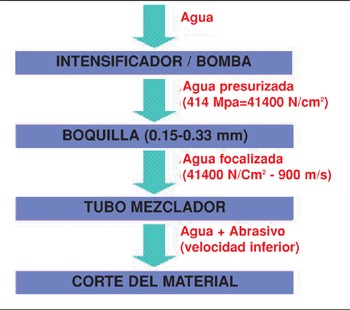
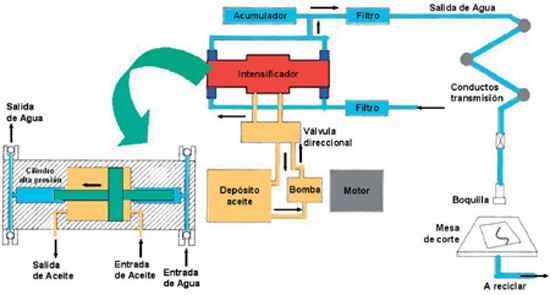
Laser cutting
All this is done within a resonator that is a camera with two mirrors at the ends where bounce bright radiation amplifying it. One of these mirrors is semi-transparent, in some parts reflects the material and in others lets it.
To drive this laser to the area you want to cut are used mirrors deflectors and once it reaches the head of zone focusing by reducing the diameter of the beam in order to increase the power and therefore temperature.
Some types of laser which is discussed more industrially are:
CO2 laser
- Their average assets are molecules of CO2
- The excitement of the environment is done by electric current
- The radiation emitted is 10.6 mm
- Requires mirrors for driving beam laser = more complexity
- It has a higher cost and greater maintenance
- Power of 1500 w 6000
- Very used industrially (85%)
ND: YAG laser
- Its average asset is a Crystal Garnet of yttrium and aluminum (YAG) taken drugs with ions of Nd
- The average asset is excited by high-intensity flash lamp
- Radiation emitted is 1,064 mm (driving optical fiber)
- It does not require mirrors to drive the laser beam
- Interacts better than the laser of CO2 with materials such as: steel galvanized, Al, Cu, brass, etc.Power of 2550 to 4500 w. little used industrially in the court process by ND: YAG laser
The advantages of laser cutting process include the following:
- Faster than high definition plasma
- Short profiles of complex form
- High precision and quality of parts (especially in thickness)
- (small and medium-sized)
- Reduced Kerf
- Area Afectada Térmicamente very small
- Variety of materials to be cut
- Some disadvantages of this process are:
- You can not cut reflective materials (Al, Cu, etc.)
- Speed reduced to < 3 mm thickness
- Initial investment (in comparison to flame cutting, plasma, or water)
- High investment / high cost of consumables (nozzles, electrodes)
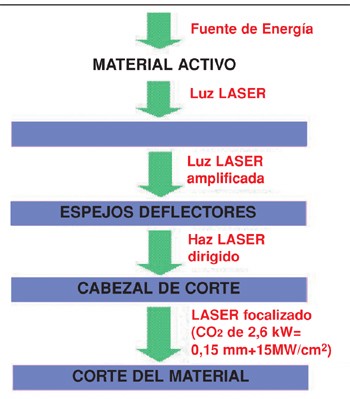

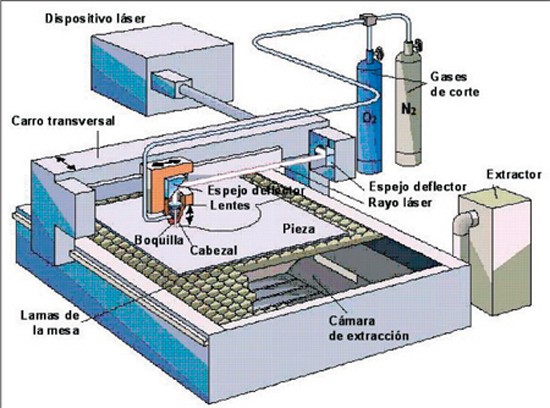
Court by punching
The compression of the material generates a deformation, as it progresses the penetration of the punch in the material are initiated cracks at the edges of contact between the punch and the piece and the matrix and the piece, and to advance these cracks, resulting in a break or fracture that you ago to separate the sheet of material clipping, agree the two cracks and the punch is penetrating to cause the expulsion of the cut material.
The advantages of this process include the following:
- Cutting and addition operations of forming
- Cheaper than the laser for cutting loose strokes (time = tenths second)
- Currently there are machines of great speed (1200 blows/min in punching)
(and 2800 blows/min in mascado)
Disadvantages:
- It requires secondary operations of finish (neck of the bottle)
- Problems to cut very high thickness (large-diameter holes)
- Cost of tools and reafilado
Finally, I would not say exactly which of all the processes mentioned above is the best cutting technology, perhaps what we would have to take into account are the following reference data to choose which is best suited to our needs:
- Type of material to be cut
- Cutting thickness
- Cutting speed
- Finished cut piece
- Precision
- Heat-affected zone
- Need for secondary operations
- Complexity of the piece to be cut
- Cost of operation
- Necessary investment.
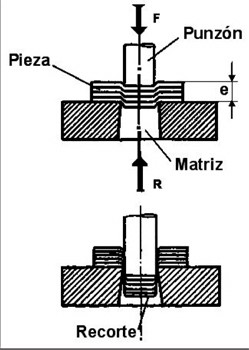
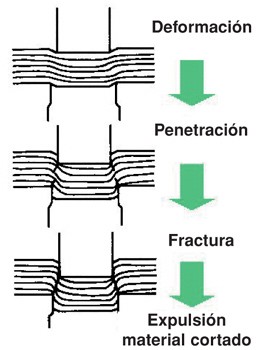
Final comparison
| Material | Flame cutting | Plasma | Plasma high definition | Water abrasive | Laser CO2 | ND: YAG laser | Punching |
| Steel (c) | 500 | 90 | 13 | 180 | 20 | 10 | 10 |
| Stainless | - | 90 | 13 | 100 | 12 | 10 | 10 |
| Aluminium | - | 150 | 13 | 180 | 10 | 5 | 10 |
| Copper | - | 60 | 13 | 100 | - | 5 | 10 |
| Nickel | - | 75 | 13 | 75 | 10 | 10 | - |
| Titanium | 300 | 75 | 13 | 180 | 10 | 10 | - |
| Wood | - | - | - | 100 | 25 | - | |
| Role | - | - | - | - | (V) | - | (V) |
| Polymers | - | - | - | (V) | 2 | - | (V) |
| Glass | - | - | - | (V) | 2 | 2 | - |
| Ceramic | - | - | - | 2 | 2 | - | |
| Rubber | - | - | - | (V) | 10 | - | (V) |
| Material | Thickness (mm) | Speed (mm/min) | ||||
| Flame cutting | Plasma | Water | Laser CO2, (1 kW) | Laser ND: YAG, (0.8 kW) | ||
Steel | 5 | 700 | 4500 (*) | 200 | 2200 | 600 |
| 20 | 400 | 2000 (*) | 50 | - | ||
Stainless | 3 | - | 5000 (*) | 200 | 6500 | 900 |
| 40 | - | 500 (*) | 10-20 | - | ||
Aluminium | 2 | - | 6000 (*) | 800 | 1000 | 1200 |
| 40 | - | 1200 (*) | 80 | - | ||
(**) AR/H2 and 240A
(***) Power laser = 1000 w



